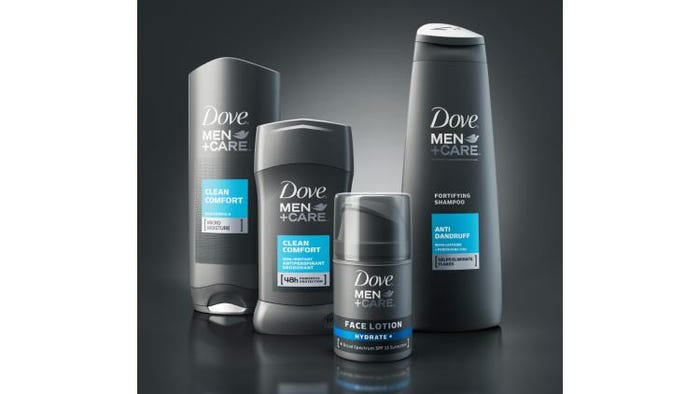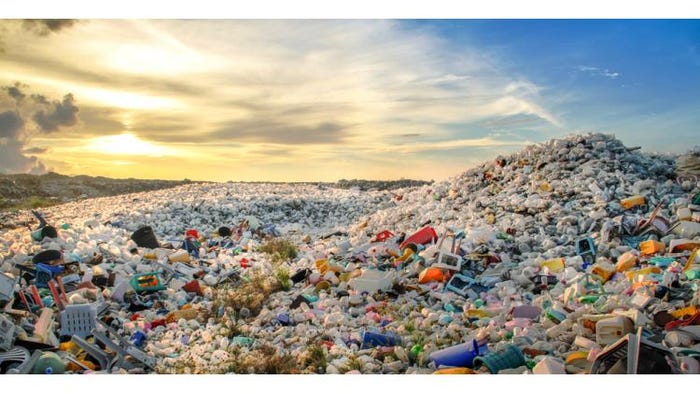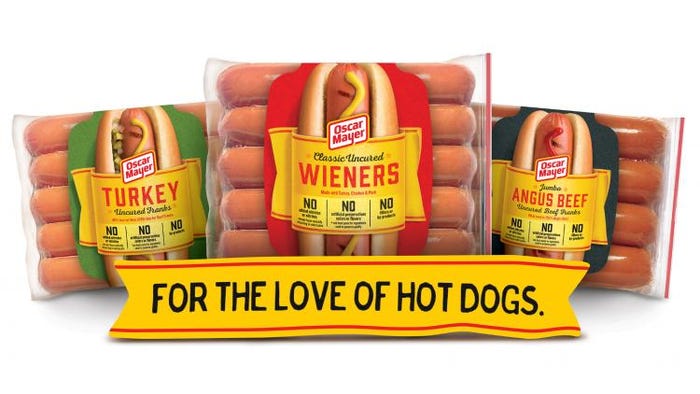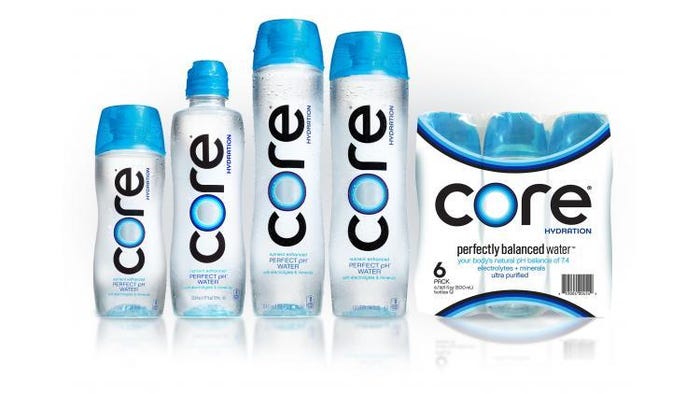The two hottest topics in September 2017 on PackagingDigest.com were related to packaging design and sustainability, with leading examples from Oscar Mayer, Halen Brands, Dove, Nest and others capturing your attention.
Based on number of page views, here are the five most-popular articles from last month, presented in reverse order:
Page 1: #5. 9 sensory packaging wins and fails
Page 2: #4. Sustainable packaging is more important than ever
Page 3: #3. How to change plastic’s ‘waste’ reputation
Page 4: #2. Oscar Mayer hot dog labeling says ‘no no no;’ consumers say ‘yes yes yes’
Page 5: #1. Brand building through irresistible packaging design

#5. 9 sensory packaging wins and fails
When a package appeals to more than just a consumer’s sight, does it have a better chance of getting bought? If it’s done right, it does. Sensory packaging also includes tactile materials, scents or sounds.
Jill Ahern is the senior director, consulting services, packaging, at HAVI shows us what works—and what doesn’t—for nine different examples. Here is how she scores them:
1. Win: Dove Men Care
2. Fail: Screw-Cap Wine
3. Win: Nest Thermostat
4. Fail: Frozen Meals Category
5. Win: Bib & Tucker bourbon whiskey bottle
6. Fail: Salty Snack Bags
7. Win: Belvedere Night Saber
8. Fail: Extremely Light-Weighted Water Bottles
9. Win: Scented Adhesives
How would you score them?
NEXT: #4. Sustainable packaging is more important than ever

#4. Sustainable packaging is more important than ever
So many articles we post on PackagingDigest.com are either totally or partially about sustainability, leading us to think that this is still a pretty important issue. Turns out that’s a fairly good gauge. But we also have some strong numbers backing up that claim as well: 92% of respondents to the 2017 Sustainable Packaging Study say sustainability is very or moderately important. This is the highest percentage in the seven years we’ve been asking this question. Each year, that number has risen.
That is just one key insight of many gleaned from the results of the 2017 Sustainable Packaging Study, conducted by Packaging Digest in partnership with the Sustainable Packaging Coalition (SPC). This article shares a couple other highlights but, most importantly, lets you download a free copy of the 34-page report that analyzes all the results of the research. The PDF contains more than 30 charts and six sections:
Part 1: Sustainable Packaging Education
Part 2: Sustainable Packaging Sourcing
Part 3: Recycled-Content Packaging
Part 4: General Sustainability for Packaging
Part 5: 10-Year Surprises
Part 6: Respondent Demographics
Get your free copy today to see an overview and analysis of the hotspots in sustainable packaging.
NEXT: #3. How to change plastic’s ‘waste’ reputation

#3. How to change plastic’s ‘waste’ reputation
An environmentalist and a plastics representative walk into a bar—and they don’t agree on anything, which isn’t funny at all. Can the differences in this Great Plastics Divide ever be reconciled?
Sustainable packaging thought-leader Chandler Slavin offers some intriguing possibilities, including this conclusion: “The solution to the war of plastic ideologies becomes clear. The sociological construction of plastics as symbolic of waste culture…will only be replaced with proper representation, when the global problem of plastic waste is tackled.”
A realist, Slavin knows it’s easier said than done. “Economics and policy dictate the success of waste management. But it’s not as simple as who pays or how it’s managed when we are talking about eradicating global plastic waste,” she says.
The 2016 report by the World Economic Forum and the Ellen MacArthur Foundation, with analytical support from McKinsey & Co., titled The New Plastics Economy—Rethinking the future of plastics, provides a vision of a global economy in which plastic never becomes waste. And that’s a goal Slavin believes everyone should rally behind together.
NEXT: #2. Oscar Mayer hot dog labeling says ‘no no no;’ consumers say ‘yes yes yes’

#2. Oscar Mayer hot dog labeling says ‘no no no;’ consumers say ‘yes yes yes’
The Kraft Heinz Co. turned a negative into a positive. Its Oscar Mayer business was the first national hot dog brand to change the recipe across an entire line of hot dogs so the purer ingredients would better appeal to health-conscious consumers.
With “NO NO NO” on the front label, new packaging graphics clearly communicate the absence of added nitrates and nitrites; artificial preservatives, colors or flavors; and fillers or by-products.
The formulation change has been well received. According to Jeremy Truxal, Kraft Heinz brand manager, Oscar Mayer Brand Build, “While we cannot share exact sales numbers, we are seeing a positive reaction from consumers and a lift in sales as a result of the hot dog recipe changes and subsequent packaging redesign.”
NEXT: #1. Brand building through irresistible packaging design

#1. Brand building through irresistible packaging design
How can you resist something irresistible? You can’t; neither could a huge hunk of our online audience. Their vigorous interest in hearing how irresistible packaging design can help build a brand launched this article to the top spot for popularity.
Senior technical editor Rick Lingle asks “better-for-you” food entrepreneur Jason Cohen, co-founder and CEO of Halen Brands, for his advice. Among the gems are:
• Have “a firm understanding of what is motivating consumers to purchase products.” With CORE water, for example (pictured above), the bottle’s uniqueness provides a sense of empowerment for consumers when they are carrying it.
• Ensure that products “are designed in a way that millennials can easily make the product a part of their lives which they are actively sharing on social media.”
• “We are going to see a continued push on cleaner labels, but with consumers expecting that they won’t have to sacrifice flavor for healthier ingredients.”
• “Get feedback from retailers before finalizing the design because they can provide valuable insights and perspectives that help move the product from the shelf to the cart.”
• “Packaging, the quality of the product and overall taste are all significant purchasing factors for millennials. These three points must have an equal mission.”
**************************************************************************************
MinnPack 2017 (Nov. 8-9; Minneapolis) celebrates its 15th year to bring you the latest developments in all things packaging as part of a comprehensive advanced manufacturing event. Register now to attend!
About the Author(s)
You May Also Like




